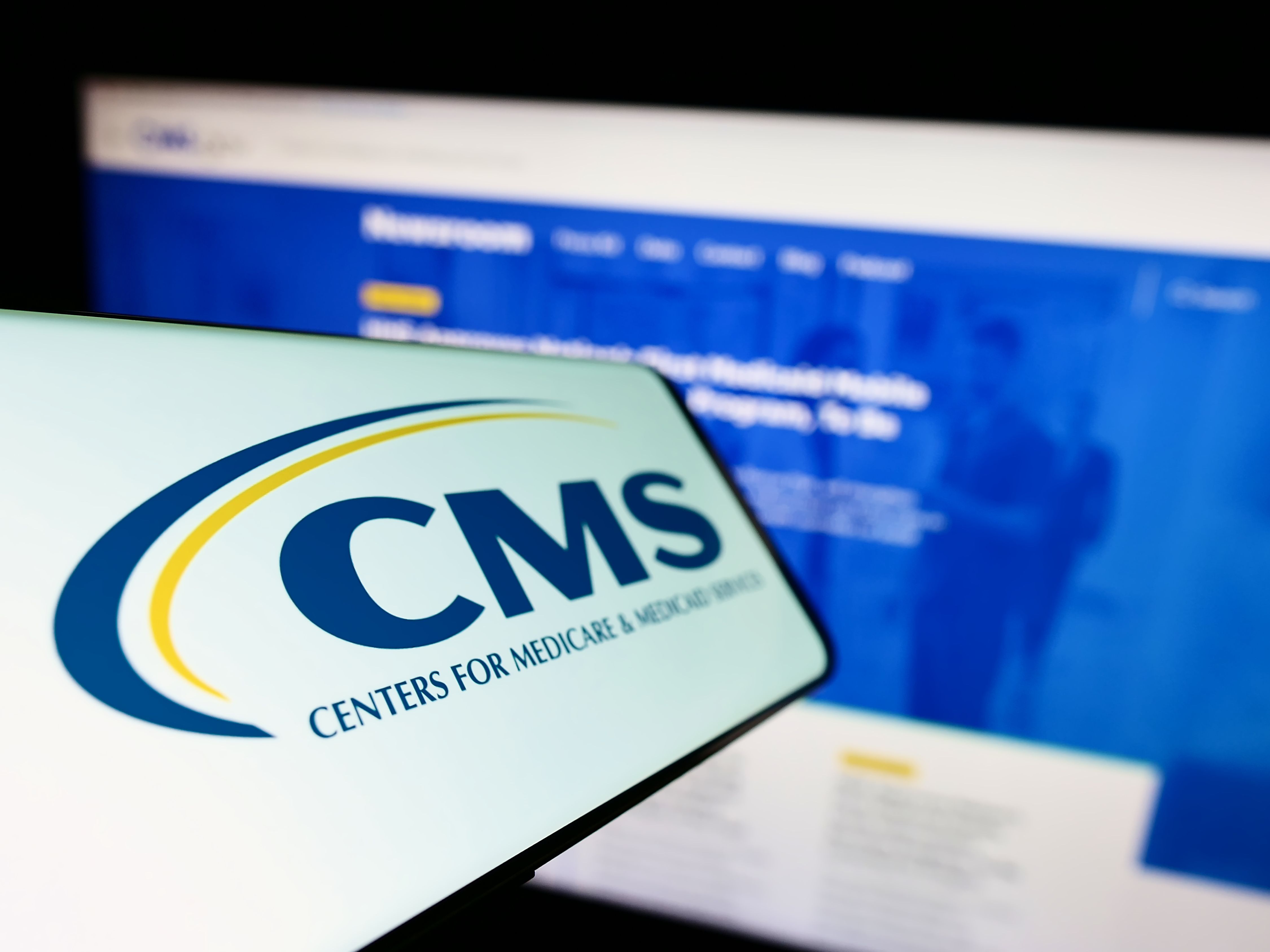Article
Finding the right retirement plan opportunities
Most physicians count on their retirement plan for the bulk of their financial security. Yet few of us understand how our retirement plans really work.

Key Points


We also describe some real-life examples of retirement plans that were modified in order to increase the benefits and cost-savings they incurred.
In exchange, however, the Internal Revenue Service (IRS) requires extensive paperwork and mandatory contributions for employees on the lower end of the salary scale.
SEP-IRA
The Simplified Employee Pension (SEP)-IRA allows contributions of a fixed percentage of salary (up to 25% of W2 income) to individual IRAs of most employees, including the physicians. The upper contribution limits for 2010 are $49,000, with another $5,500 "catch-up" contribution for participants aged 49 years and older.
The IRS requires a fixed percentage of compensation be used to calculate the amount of pension contributions, and this percentage must be the same for owners/physicians and other employees. This makes the SEP a relatively expensive plan in terms of employee funding. There is no component of salary deferral by employees, and all plan funding is immediately "vested" (belongs to the employee immediately if they leave employment).
The advantages of the SEP plan include a minimum of paperwork and ease of set up. Generally, SEP-IRA plans are used by small, family-owned businesses with few or no outside employees.
It does work well for physicians who are independent contractors, such as many emergency room and locum tenens physicians. However, an independent contractor with an income of less than about $170,000 can put more pre-tax money away in a Self-Employed 401(k) plan (see below).
SIMPLE IRA
The Savings Incentive Match Plan for Employees (SIMPLE) IRA is another plan that is relatively easy to set up and administer. It allows companies with fewer than 100 employees to open individual IRA accounts for employees. The employees may defer salary in amounts of $10,500 to $13,000 (depending on age), with an employer "match." All money in the plan is immediately vested. The match is generally a dollar-for-dollar matching contribution of up to 3% of the employee's compensation. For example, a practice owner with a compensation of $100,000 would be able to defer up to $13,000 (if age 50 or older), and then have the company match up to 3%, or $3,000 more.
A SIMPLE IRA plan is a good choice for small businesses in which the owners are highly compensated, and few employees wish to defer salary. Its disadvantages are in the immediate vesting for the matched funds, and relatively low total amounts of contributions compared with other qualified plans.
One unusual feature of the plan is that the 3% match has no limits. For example, a physician with a small group of employees and an annual income of $600,000 can put away $13,000 in salary deferrals and another $18,000 ($600,000 X 3%) of match at no employee cost.





